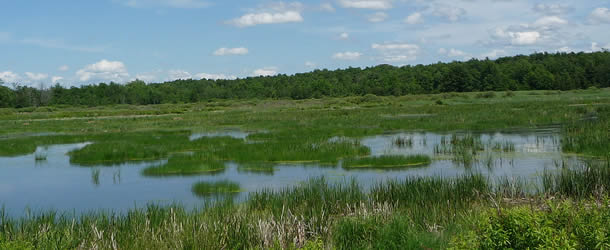By Stephanie Doster, Institute of the Environment
A new center hosted by the University of Arizona’s Institute of the Environment will link science with the needs of decision makers to offer innovative and practical management options aimed at protecting lives, property and the natural environment from the impacts of climate extremes and climate change worldwide.
The Center for Climate Adaptation Science and Solutions (the Center) will knit together and build on existing adaptation projects, resources and expertise across the UA campus to collectively provide solutions for some of the toughest challenges related to planning for and acting on climate change and extremes such as drought, heat waves, floods, fires and severe storms.
“The Center will focus on generating new, use-inspired adaptation information and on ensuring that the latest scientific information is accessible and useful to a range of decision makers,” said Katharine Jacobs, director of the new center and a professor in the UA’s department of soil, water and environmental science (SWES). “There is a lot of scientific and technical capacity at the University of Arizona; this center will help connect that capacity to maximize economic and environmental opportunities and manage risk across the Southwest, the United States and internationally.”
Jacobs is a nationally recognized water, climate, and adaptation expert who recently returned to the UA from Washington, DC, where she spent the past four years as assistant director in the Office of Science and Technology Policy in the White House. There she was the lead advisor on climate adaptation and water issues and director of the Third National Climate Assessment (NCA) which is expected to be published this spring.
The Center will address local, regional, national and global adaptation issues, leveraging the UA’s decades of research and outreach related to living within the constraints of arid and drought-prone environments and understanding how human societies have adapted to climate stresses in different regions of the world. It will bring together faculty from different fields to connect research to real-world issues faced by land-use planners; forest, wildfire, and water managers; public agencies; businesses; utilities; farmers, non-government bodies; and private citizens.

